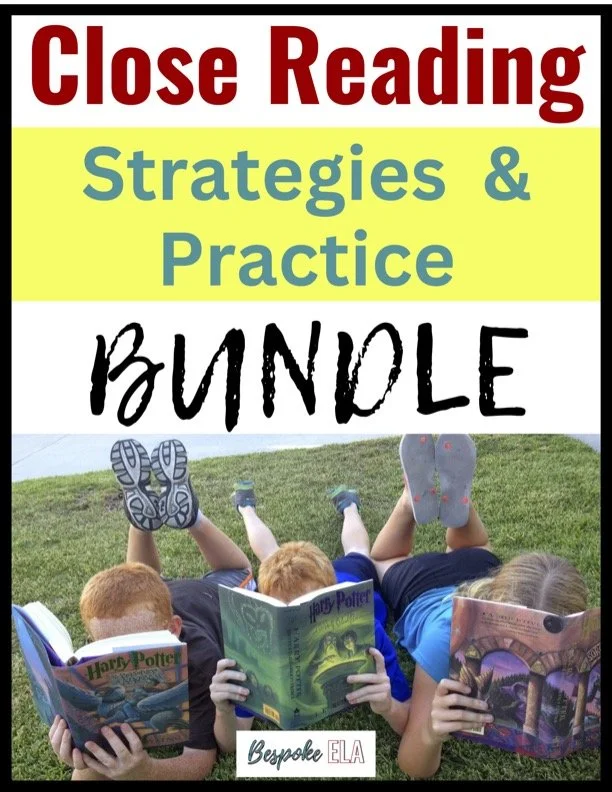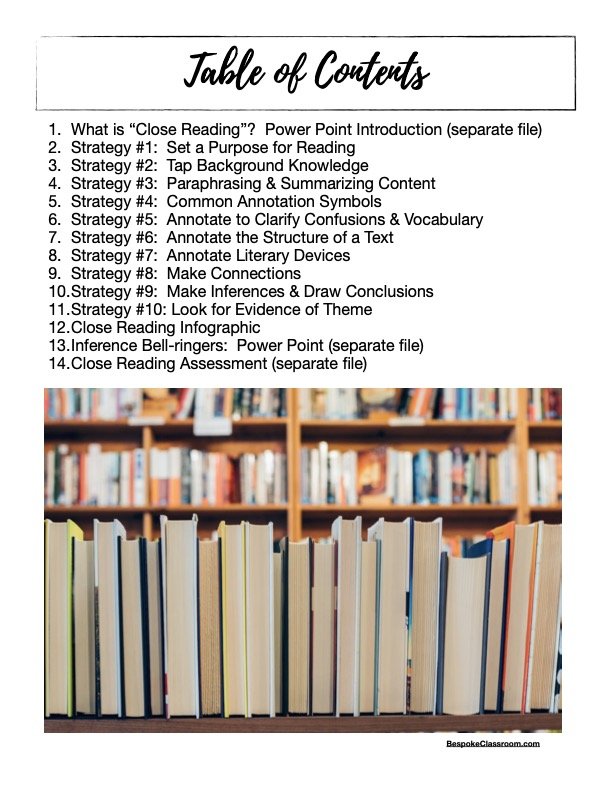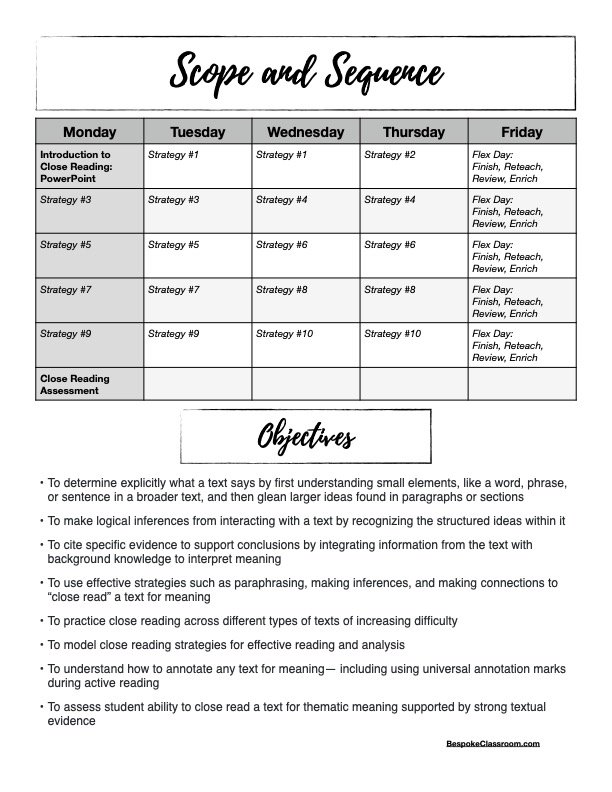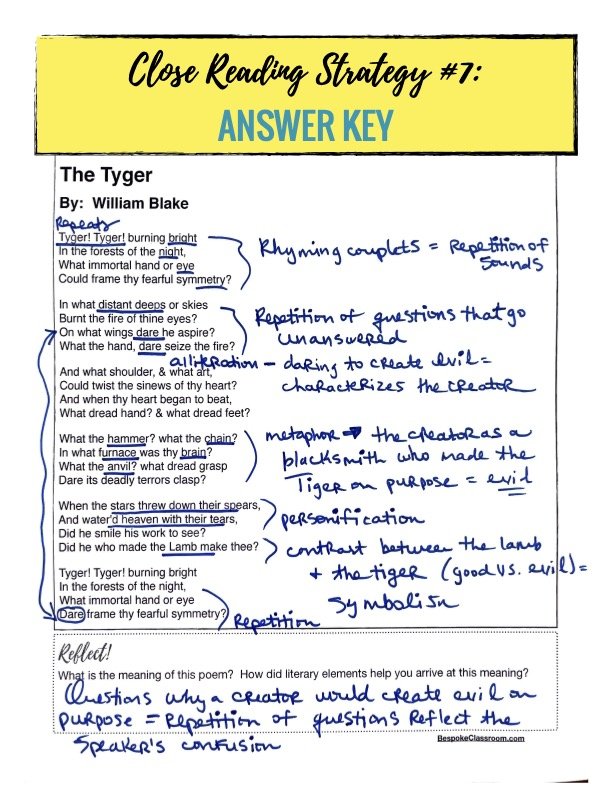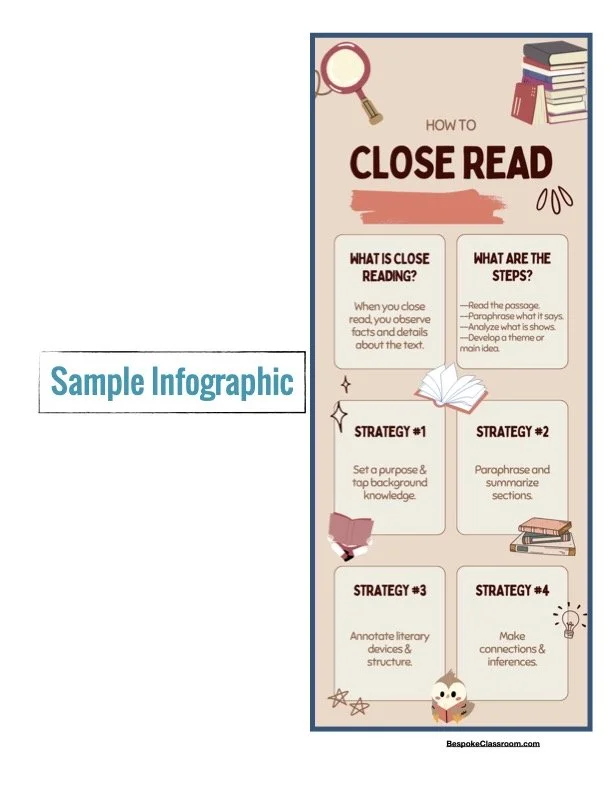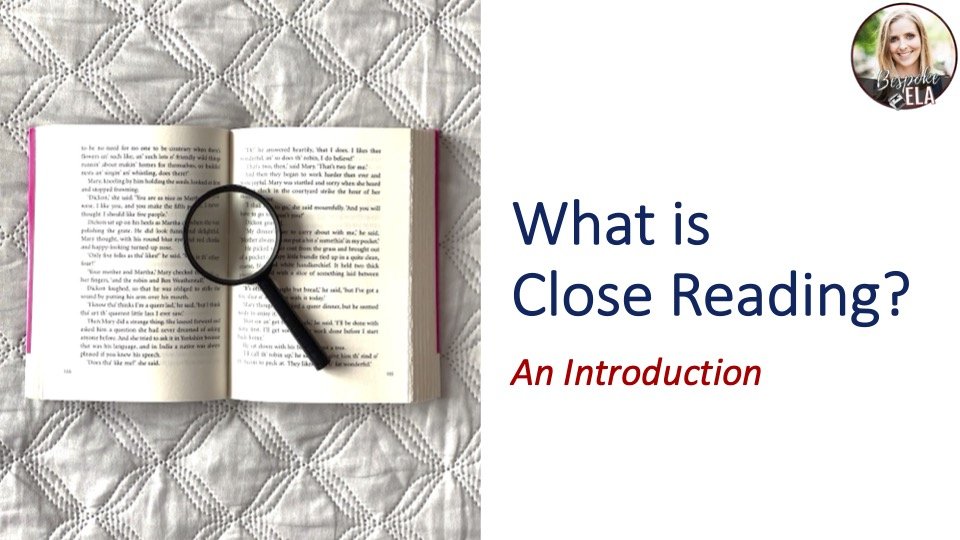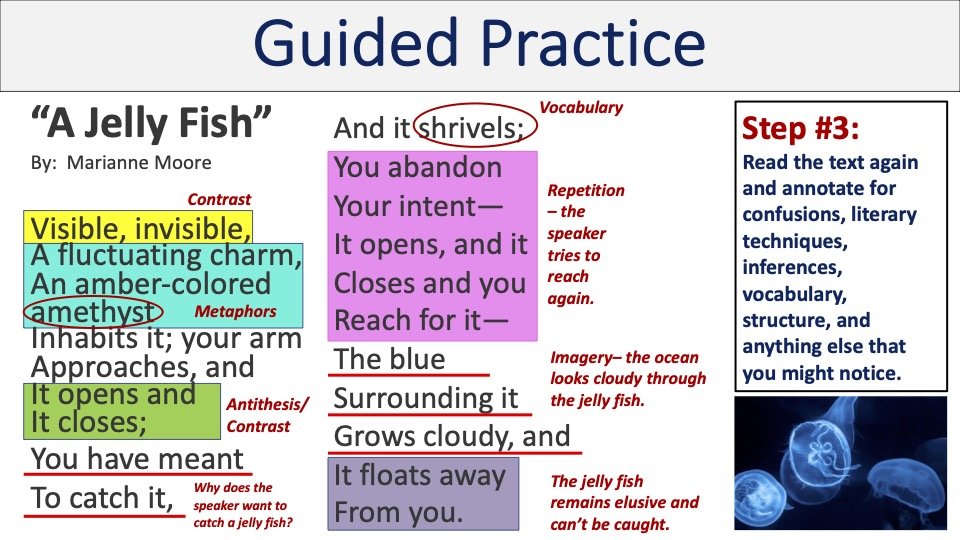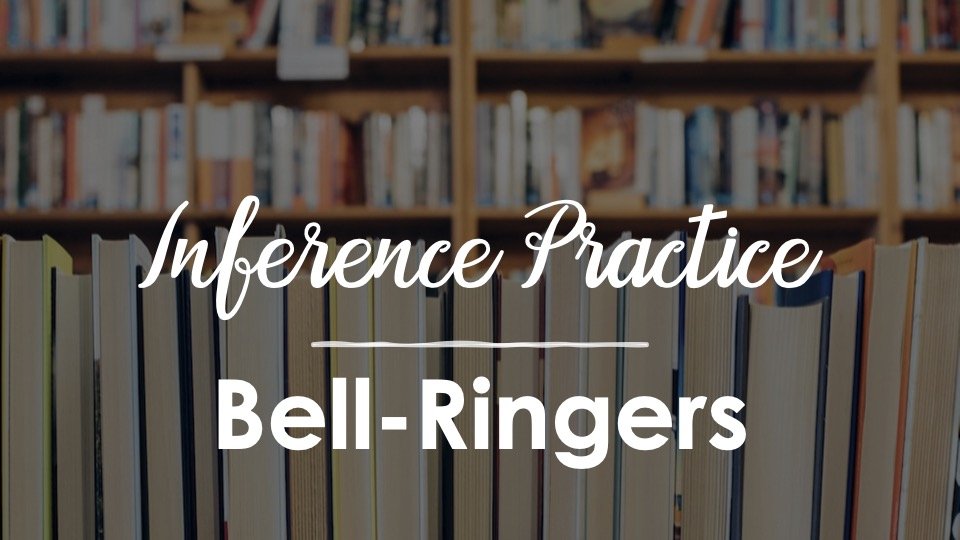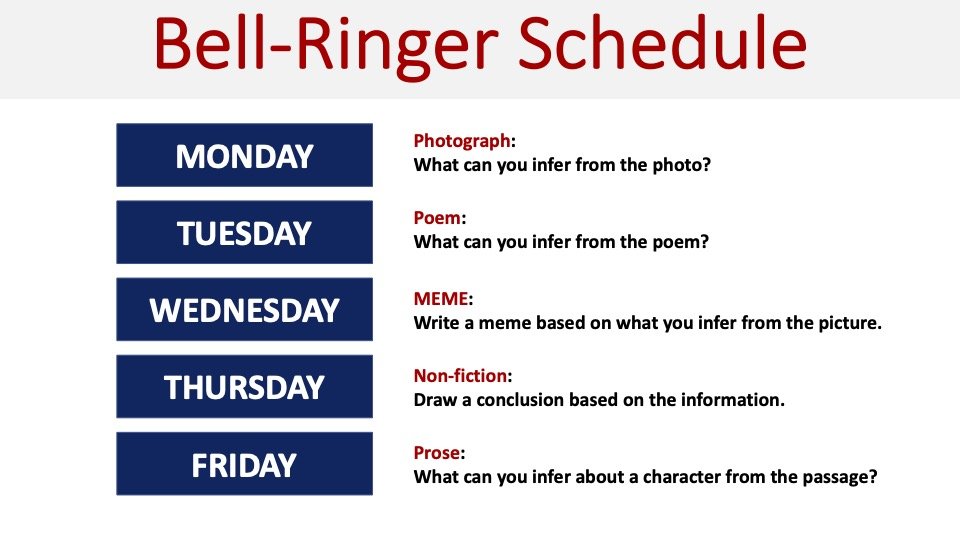Close reading is a key component of any successful literacy program. It’s the practice of breaking down texts and analyzing them in order to better understand the author’s meaning and purpose.
However, teaching close reading to students can be a daunting task.
Here are some helpful tips to help you get started.
1. Model Close Reading
Before you can expect your students to do a close reading of a text, you need to show them what it looks like. Model the process for them step-by-step and make sure you explain each step in detail.
2. Break Down Texts
Break down the text into smaller, manageable chunks. This will help students to focus on the most important details and keep them from getting overwhelmed.
3. Ask Questions
As you work through the text, ask your students questions that require them to make connections and draw conclusions. This will help them to think more deeply about the material.
4. Use Graphic Organizers
Graphic organizers are a great way to keep track of information and help students make connections. Have your students create a graphic organizer to help them organize their thoughts. This can also include using acronyms for the steps involved close reading. To find out more about acronym options for close reading, read this blog post entitled “Acronyms for Literary Analysis: A Comprehensive List of Strategies.”
5. Provide Guided Practice
Guide students through repetitive practice with “think alouds” to model and explain the process of close reading.
At the core of close reading is repeated practice— and students need A LOT of exposure to practicing this skill across different types of texts written for different purposes.
About the Author
Meredith is the founder and creator of TeachWriting.org and Bespoke ELA. She has taught high school English for 10+ years in Dallas, Chicago, and New York City and holds a M.A. in Literature from Northwestern University. She has always had a connection to the written word-- through songwriting, screenplay writing, and essay writing-- and she enjoys the process of teaching students how to express their ideas. An avid tea drinker and anglophile, Meredith enjoys life with her husband, daughter, and sweet pups.



